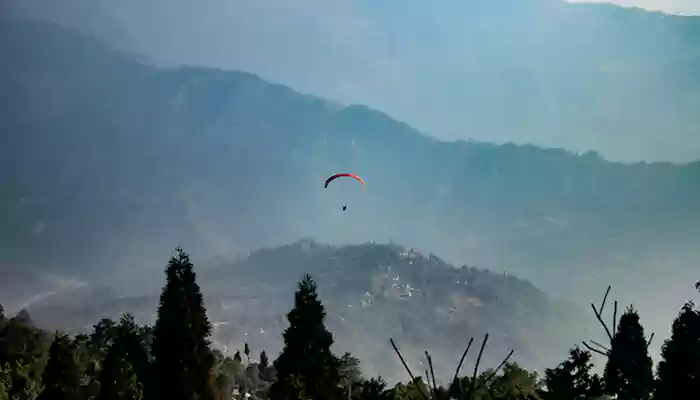Urban Exploration: Discovering Abandoned Places and Forgotten Cities

Intro: In this article, we will delve into the world of urban exploration, exploring its history, motivations, and ethical considerations.
In a world constantly on the move, bustling with activity, it's easy to overlook the hidden stories beneath the surface. Urban exploration, often referred to as "urbex," is a captivating subculture that takes adventurous souls into the heart of abandoned places and forgotten cities. It's an endeavor that reveals the remnants of the past, the eerie beauty of decay, and the allure of the unknown.
A Journey Through Time: The History of Urban Exploration
Urban exploration has deep roots in human history, dating back to the earliest civilizations. Ancient catacombs, forgotten tunnels, and hidden chambers have always piqued the curiosity of adventurous souls. However, it wasn't until the late 20th century that urban exploration emerged as a distinct subculture. In the 1970s and 1980s, enthusiasts began venturing into abandoned industrial sites and asylums, documenting their findings through photography and writing. This marked the birth of modern urban exploration.The Motivation Behind Urbex
Urban explorers are driven by various motivations. For some, it's the thrill of discovery, the excitement of stepping into the unknown, and the adrenaline rush of exploring forbidden places. Others are drawn by the historical and architectural significance of these sites. Abandoned factories, schools, and hospitals can offer a window into the past, revealing the societal changes and architectural styles of bygone eras.Photography plays a significant role in urban exploration. Abandoned places often exhibit haunting beauty in their decay, making them prime subjects for photographers seeking to capture the juxtaposition of life and abandonment. These photographs serve as a visual archive, preserving the memory of places that may otherwise fade into obscurity.
Ethical Considerations in Urbex
While urban exploration can be a rewarding and enlightening experience, it also raises ethical questions. Trespassing is a central issue, as urbex often involves entering private property without permission. This raises concerns about property damage and safety, both for the explorers and the structures themselves. Responsible urban explorers emphasize the importance of respecting the sites they visit, leaving no trace behind, and obtaining permissions whenever possible.Another ethical concern involves the preservation of historical and cultural artifacts. Many abandoned places hold valuable relics from the past. Removing or vandalizing these artifacts not only erases a piece of history but also contributes to the deterioration of the site. Ethical urban explorers advocate for preserving these artifacts in situ and reporting any significant finds to local authorities or historical organizations.
The Allure of Forgotten Cities
One of the most captivating aspects of urban exploration is the chance to uncover forgotten cities. From the abandoned mining town of Bodie in California to the eerie remains of Pripyat near the Chernobyl Exclusion Zone, these cities provide a unique glimpse into the consequences of time, nature, and human intervention.Pripyat, for instance, was once a thriving city housing the workers of the Chernobyl Nuclear Power Plant. However, after the catastrophic nuclear disaster in 1986, it was evacuated and left to decay. Today, it stands frozen in time, with empty buildings, decaying amusement parks, and a haunting atmosphere that draws explorers from around the world.
Safety Precautions and Legal Considerations
Urban exploration carries inherent risks, from structural hazards to encountering wildlife or other people. Explorers should always prioritize safety by wearing appropriate gear, researching the site beforehand, and exploring with a group whenever possible. Moreover, it's crucial to be aware of local laws and regulations regarding trespassing and property rights. Some places may have legal consequences for urban explorers, so it's essential to stay informed and respectful of these rules.So, if you ever find yourself drawn to the allure of forgotten places, remember to tread lightly, capture the beauty of urban decay, and leave these hidden treasures for future generations to discover and appreciate.

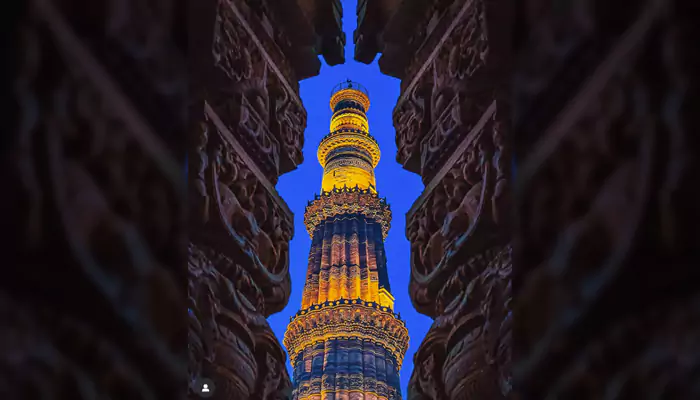
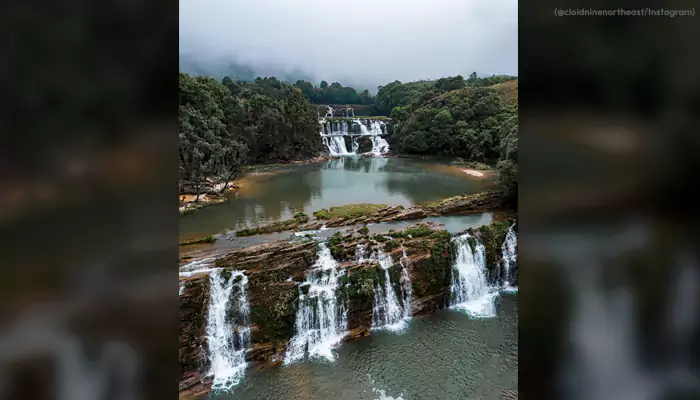
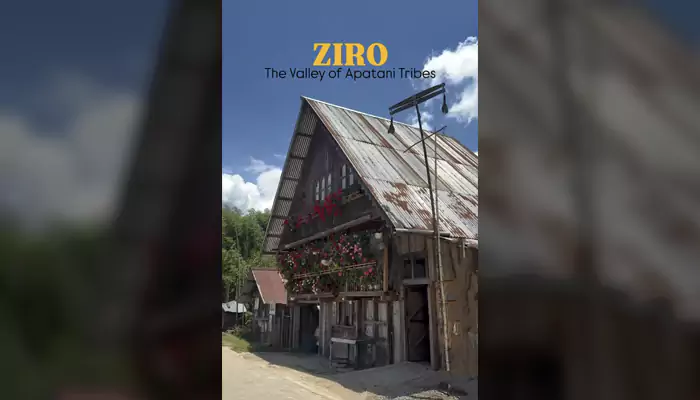
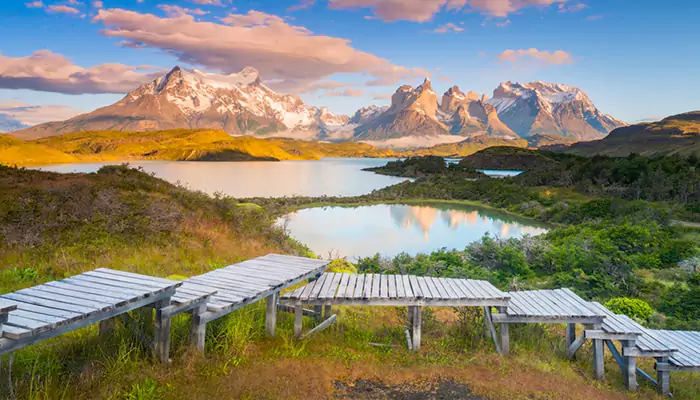

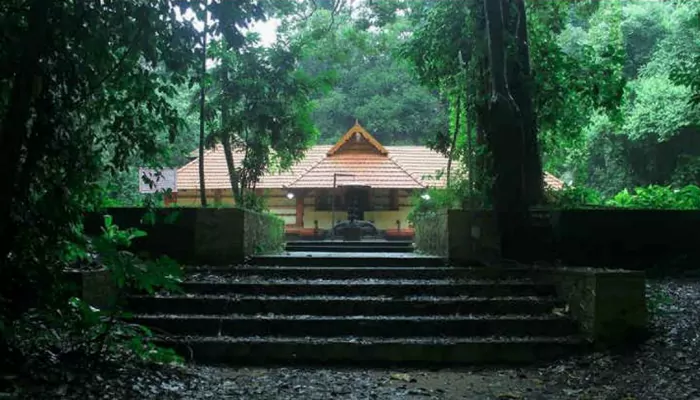

.webp)
